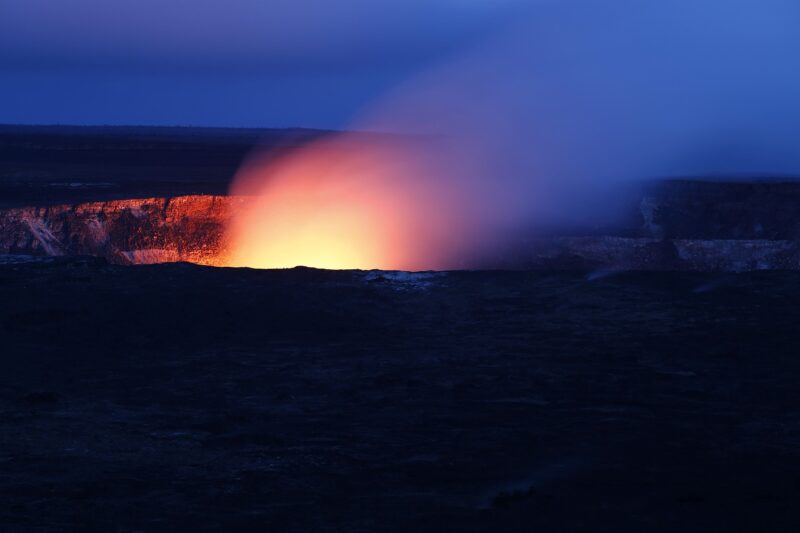The World’s Most Extreme Weather Phenomena and the Science Behind Them
November 16, 2024

Weather is a powerful force of nature, capable of forge extraordinary phenomena that both amazes and terrifies us. From magnificent thunderstorms to devastating hurricanes, extreme weather events can deeply impact environments, economies, and lives. This article delves into some of the world’s most extreme weather phenomena and the scientific principles that bring them to life.
1. Understanding Extreme Weather
Extreme weather is generally defined as unusual, severe, or unseasonal weather patterns that deviate significantly from the average. These phenomena arise from dynamic interactions in the atmosphere, influenced by temperature fluctuations, atmospheric pressure, wind patterns, and humidity. The increasing occurrence of extreme weather events can frequently be attributed to climate change, as rising global temperatures alter traditional weather systems.
2. Thunderstorms: Nature’s Powerhouses
Thunderstorms are perhaps the most familiar extreme weather events to many, with their striking lightning and heavy rain. These storms develop when warm, moist air rises rapidly into cooler atmospheres, leading to the formation of towering cumulonimbus clouds.
– Lightning: One of the most fascinating aspects of thunderstorms is lightning. This electrostatic discharge can have voltages of up to 1 billion volts, causing the air to heat rapidly and produce the thunderous sound we hear.
– Tornadoes: Under certain conditions, thunderstorms can lead to tornado formation. As warm air spirals upwards, it can create a rotating column that touches the ground, resulting in devastation. An average tornado can reach winds up to 110 mph, while the most violent ones can exceed 300 mph.
The science behind these occurrences lies in the convective processes of weather systems, and their severity can be enhanced by certain atmospheric conditions.
3. Hurricanes: Nature’s Tempests
Hurricanes, also known as cyclones or typhoons in different parts of the world, are large, organized systems of clouds and thunderstorms accompanied by powerful winds. These usually originate over tropical oceans and grow in intensity based on temperature and moisture availability.
– Formation: A hurricane begins as a tropical depression, then evolves into a tropical storm, and eventually, if wind speeds exceed 74 mph, it becomes a hurricane. The eye of the storm is notably calm, surrounded by the eyewall, where the most intense winds and rain exist.
– Impact: Hurricanes can cause significant destruction, leading to loss of life, property damage, and extensive economic impact. The most severe hurricanes can produce storm surges that inundate coastal areas, inflicting severe flooding.
The study of hurricanes involves understanding ocean temperatures, atmospheric pressures, and global wind patterns, all crucial for forecasting and preparedness.
4. Extreme Heat Waves: Silent Killers
Heat waves are defined as prolonged periods of excessively hot weather, often accompanied by high humidity. These events are becoming more common with climate change and can pose severe health risks.
– Effects on Health: During surges of extreme heat, the risk of heat-related illnesses and fatalities can rise dramatically. Communities without adequate cooling solutions are particularly vulnerable.
– Heat-Related Phenomena: Another consequence of heat waves is the increase in wildfires, as dry conditions make forests more susceptible to burning. This can significantly alter ecosystems and air quality in affected areas.
Understanding the science of heat waves involves studying atmospheric patterns like high-pressure systems that trap heat and prevent airflow, causing temperatures to rise significantly.
5. Blizzards: The Winter Fury
Blizzards occur when snowstorms bring heavy snowfall, high winds, and low visibility. These events can cause severe disruptions, especially in populated areas.
– Conditions for a Blizzard: For a snowstorm to be classified as a blizzard, it must produce sustained winds of at least 35 mph along with significant snowfall lasting for an extended period, usually around three hours.
– Clean-Up & Power Outages: The aftermath of a blizzard can be catastrophic. Roads become impassable, leading to transport delays and increased risks of accidents. Additionally, ice accumulating on power lines can lead to widespread power outages.
The mechanisms behind blizzards involve the collision of warm and cold air masses, creating ideal conditions for heavy snowfall.
6. Tornado Alley: A Place of Fury
Tornado Alley refers to an area in the central United States highly prone to tornadoes. There are significant factors at play in this region that contribute to the frequency of these rotations:
– Geographical Features: The geography of Tornado Alley, characterized by flat plains, allows for the easy mixing of warm, moist air from the Gulf of Mexico with cold, dry air from Canada, setting the stage for severe thunderstorms.
– Seasonal Patterns: Tornado season typically peaks in the spring months, fueled by the presence of these contrasting air masses. The energy generated during this time can lead to massive storm systems capable of spawning multiple tornadoes.
Understanding Tornado Alley highlights the importance of regional climate study and how specific areas are more prone to severe weather events than others.
Conclusion: The Future of Extreme Weather
As the earth continues to warm, the frequency and intensity of extreme weather phenomena are likely to increase. Understanding the science behind these powerful events is critical for preparedness, response, and ultimately, saving lives. Building resilient communities, investing in infrastructure, and enhancing weather forecasting can provide protective measures against the unpredictable forces of nature.
By developing an awareness of how climate change impacts extreme weather, we can engage with necessary efforts to mitigate these effects, ensuring safer futures for generations ahead.








